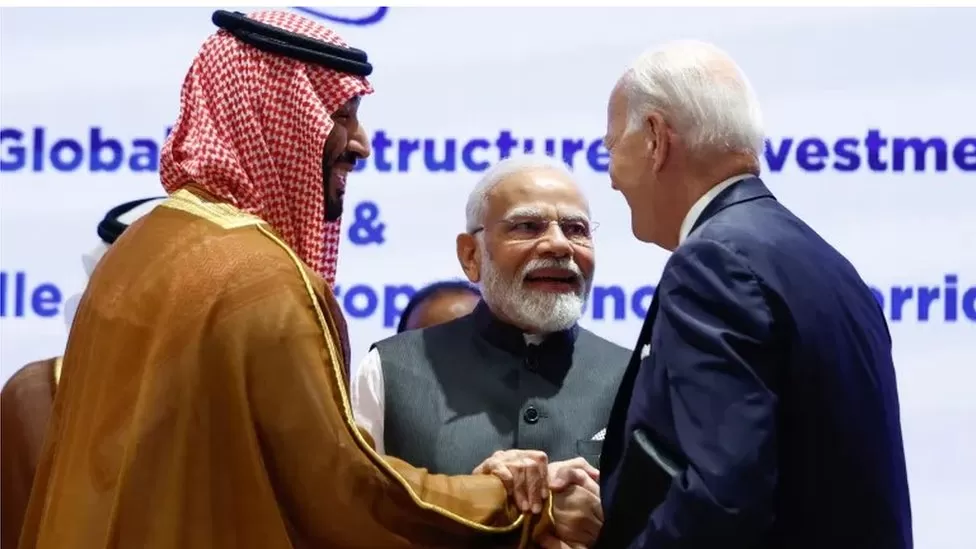India-Europe corridor rival China’s Belt and Road

Prime Minister Narendra Modi said in a recent radio address that the new transport corridor announced during the G20 summit in Delhi will become the foundation of world trade for hundreds of years to come.
As they announced the India-Middle East-Europe Economic Corridor (IMEC) last year, US President Joe Biden and Saudi Crown Prince Mohammed bin Salman upgraded their frosty relationship from an awkward fist bump to a firm handshake. In the past, Biden had vowed to make Saudi Arabia a global pariah.
In addition to boosting transportation and communication links between Europe and Asia through rail and shipping networks, the project was also an important indicator of American foreign policy, as Ravi Agarwal, editor-in-chief of Foreign Policy magazine, explained, “Anything that would advance US interests against China.”
According to Parag Khanna, author of Connectography, America does not benefit materially from the project. But it is comparable to the Japan-South Korea summit at Camp David. In the face of growing Chinese expansionism, the US marked its diplomatic presence at the presidential country retreat by brokering a thaw between the two Pacific nations.
Some view the IMEC as a counter to China’s Belt and Road Initiative (BRI), a global infrastructure-building project that connects China with Southeast Asia, Central Asia, Russia, and Europe.
A decade has passed since President Xi launched the Belt and Road Initiative.
Among China’s economic slowdown, lending to projects has slowed down, significantly reducing the project’s grand ambitions. Sri Lanka and Zambia are trapped in debt traps, unable to repay their loans, while countries like Italy are expressing their desire to withdraw.
Earlier this year, China’s investments under the BRI initiative crossed an eye-popping $1 trillion mark. As Mr Luthra writes, over 150 countries have joined as partners, expanding the initiative’s geographical scope “from a regional to a near-global initiative.”
In response to China’s growing footprint, the developed west has used infrastructure as a countermeasure.
